What is a flycatcher dangerous for people and how to get rid of an insect
In dwellings, a shaggy arthropod creature with numerous long limbs, which is called an “ordinary flycatcher”, is often found. It is not dangerous to humans, but the insect has a very unpleasant appearance, because many try to get rid of it. This carnivorous centipede creeps into apartments and houses due to the abundance of prey - cockroaches, flies, bugs, mosquitoes, spiders. The easiest way to get it out is to block access to food.
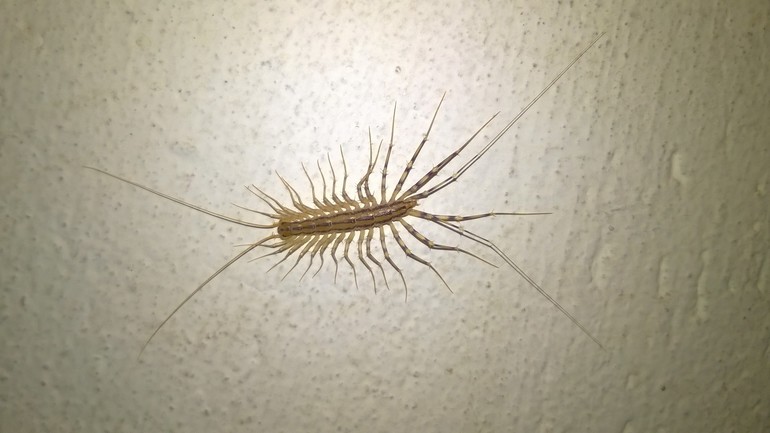
Appearance and lifestyle
The common flycatcher is a centipede from the scooter squad. It has a oblate oblong trunk, consisting of 15 segments, and as many pairs of limbs, the length of which increases from head to tail. Two extreme paws resemble antennae and are not used when moving. The color of the insect is brown (in some species it is grayish or greenish) with three longitudinal stripes of dark color. Due to the large number of limbs, the flycatcher seems hairy, but in fact her body is covered with smooth chitin.
The size of the millipede is 3.5–6 cm; in large individuals, the leg span often exceeds the body length. The insect grows throughout life, dropping the shell during molting. It is active day and night, but it leads a secretive existence and comes across a person’s eyes only during hunting or transitions between shelters. The centipede feeds on insects - flies, cockroaches, two-tails, midges, mosquitoes, spiders, earwigs, silverfish, wood lice.
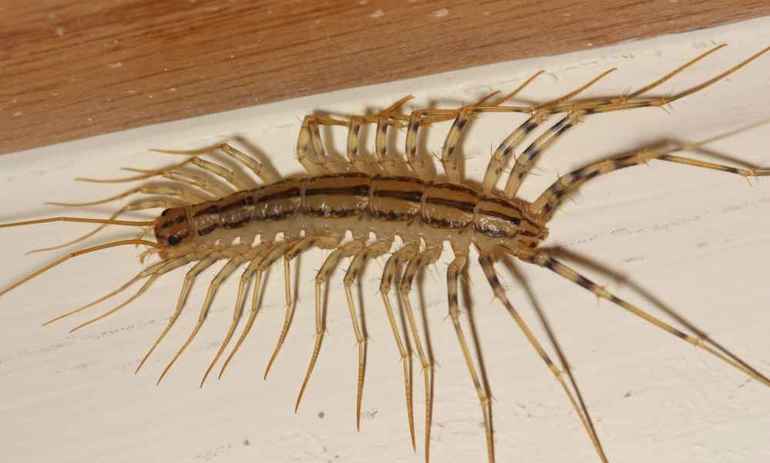
In the wild, the insect lives under opal leaves, where it seeks prey. Its natural range includes the hot and temperate zones of Europe, North Africa and the Middle East, including the Crimean peninsula, the Volga region, the Caucasus, India, Kazakhstan, and Moldova. It often creeps into a person’s dwelling in the fall, when it seeks warm shelter, but in search of food it can enter the house in the summer.
Flytraps breed in the warm season. Partners attract each other with pheromones and sound signals. The male weaves a silk cocoon, where he leaves a bag with fertilizing liquid - then the female absorbs it. The centipede lays eggs in the soil, protecting them with a sticky secret. 60-150 larvae hatch from them - at the beginning of life they are small, white and have only 4 segments of the body. The female looks after the cubs for the first 2 weeks of life, protecting them from enemies.
During the hunt, flytraps can reach speeds of up to 40 km / h, attacking the victim with lightning speed. Then they inject poison into the body of the prey. For humans and large animals (including cats and dogs), it is not dangerous, but it kills insects. The life expectancy of a flycatcher is longer than that of most domestic insects - up to 7 years. They also differ from them by more developed intelligence and memory - it is known that they can remember, for example, dangerous and safe places in the house.
Danger to humans
For a person, a flycatcher poses no threat. The insect is very secretive and tries not to catch the eye, and when faced with danger, it tries to escape. It can only bite in self-defense, if you try to crush it. Centipedes also can’t tolerate any diseases and parasites.
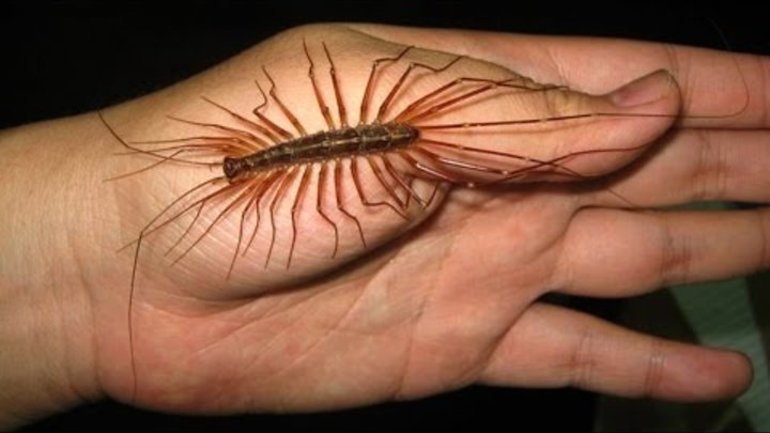
People are most often afraid of flytraps because of their unpleasant appearance - many long fast moving limbs are terrifying and disgusting. In addition, this harmless centipede is often confused with a poisonous relative - a scolopendra similar in appearance, therefore they mistakenly try to get rid of it.
A centipede will not do any harm to a person’s home either. This insect eats exclusively flies, mosquitoes, cockroaches and other bugs and does not touch the human food supply. Furniture, clothes, wallpapers and paper products are also not included in his diet. Thanks to this, flycatchers in the house are very useful - they quickly exterminate pests without side effects. Some summer residents even specially bring them to the site to remove flies, cockroaches, moths, ticks and other harmful "neighbors".
Flytrap bite
Adult flycatcher can bite. Usually her jaw is not strong enough to pierce a person’s skin, but sometimes she manages to sting a child or a girl with very delicate skin. The millipede itself will not attack, but can defend itself when trying to transfer or kill it.
The bite of a fly-eating insect is not dangerous: the poison is intended to kill small prey, therefore it can not seriously affect even the child’s body. Symptoms of poisoning resemble the stinging of a bee or wasp: redness, itching, burning, pain at the site of the lesion. The victim needs first aid, which consists of the following actions:
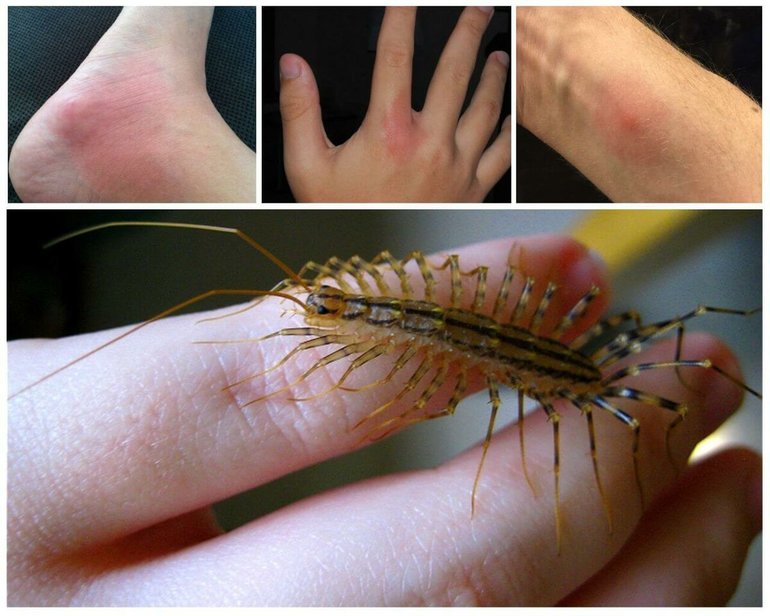
- Wash the wound with warm water and soap.
- Disinfect the bite site with any antiseptic, such as alcohol, hydrogen peroxide or boric acid.
- If the damaged skin burns badly or a swelling has formed, apply a cold compress to the damaged area.
- If necessary, drink an analgesic.
- If the victim was previously allergic to insect bites, take an antihistamine.
It is important not to confuse the bite of a flytrap with poisoning by scolopendra venom (they look extremely similar, therefore errors often occur). It is much more dangerous, and this type of millipede can infect a person simply by crawling on the skin. If a patient develops alarming symptoms - nausea, vomiting, severe weakness, changes in consciousness, swelling of the entire limb - you should immediately inform your doctor, especially when a child, pet or person with a weak heart is injured.
As a first aid, a heating pad should be applied to the wound - at a temperature of 45 ° C, the scolopendra venom is partially destroyed and its effect is weakened.
Prevention Measures
A flycatcher will not visit a person’s home unless there are favorable living conditions in it. In order not to create them in a house, apartment or cottage, it is enough to follow simple preventive measures:
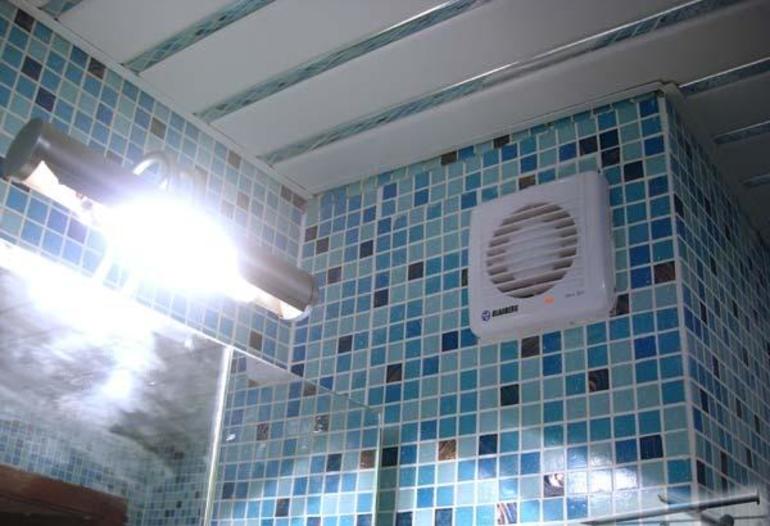
- prevent moisture accumulation in the plumbing, regularly ventilate the kitchen and bathroom;
- dry clothes, rags and towels in time, do not leave them on the floor;
- regularly check the integrity of pipes, drains and taps, repair all detected problems on time;
- seal or fill with a sealant all the cracks in the floor and walls, including between the skirting boards;
- carry out cleaning of the bathroom and kitchen, remove garbage and remove dirt from hard-to-reach places;
- check basements and outbuildings for leaks, call services in time to troubleshoot;
- install nets on vents and windows to protect against penetration;
- regularly clean the fallen leaves around a private house or cottage, so that the centipede does not have an easy way into the house;
- in time to find and remove all pests that serve as potential food for flycatchers, especially flies, cockroaches, moths, termites and other rapidly breeding insects.
Taking millipedes out of the house can be quite difficult due to their stealth and quickness. Therefore, it is better to carry out preventive measures in advance - this will scare away not only harmless flycatchers, but also many real pests.
Methods of struggle
Let the flytrap be dangerous for humans; not everyone will want to side with such a multi-legged insect.The easiest way to remove it is to deny access to food, that is, to get rid of all other arthropod pests. Lacking food, house flycatchers themselves will leave their homes in search of better conditions.
Mechanical way
The simplest to get rid of a flytrap is mechanical. The insect can be killed with any solid object (unlike a scolopendra, it does not have a solid protective shell) or caught, and then released into the street. Many people prefer the second option, since the centipede is very useful for the environment and is considered a bad omen in many places to deprive it of life.
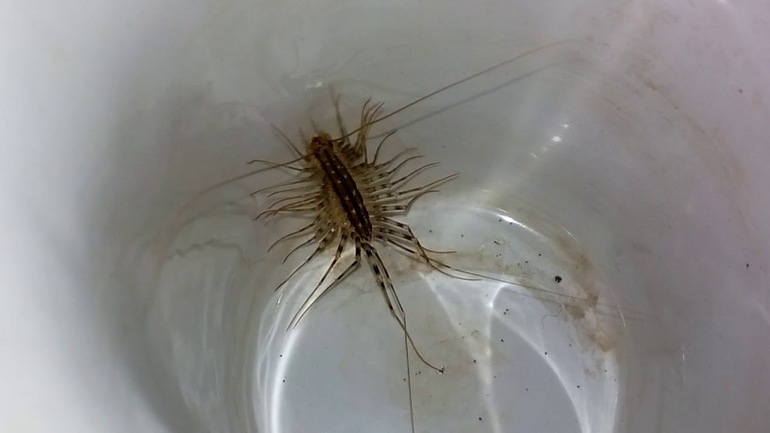
Flytraps are quite agile and hidden, so it is often difficult to catch them. It is better to use a transparent container for this - a glass or a jar. They cover the uninvited guest from above, put a piece of paper or cardboard under the bottom, after which they take him outside outside the house and let him out.
If a bunch of flytraps started up in the house, then to get rid of them you need to understand why they found the human home so attractive. Usually, these insects crawl into the house by chance and do not find a sexual partner there, so they do not breed. When a whole flock appears in the living room, then in addition to them in the house there are large colonies of pests - cockroaches, termites, fleas, moths. In this case, do not rush and poison the flycatchers - it is better to direct forces to combat the main threat, and unpleasant neighbors themselves will leave the house over time due to lack of food.
Folk remedies
If the number of insects is small, they can be scared away from home with the help of folk remedies. Two methods are used for this:
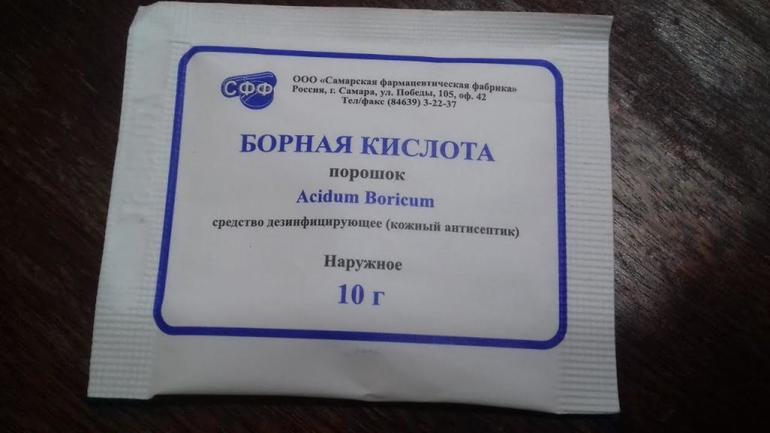
- Boric acid. At the same time, it will scare away both flycatchers and other insects - almost all of them tolerate the effects of this substance poorly. You can buy it at pharmacies or fertilizer stores. It is most convenient to use powdery variations, as they are easier to scatter and clean. The acid is poured into the habitats of insects - under the sink, bath, and toilet, in the area behind the pipes, at the cracks in the field and walls. It is important to prevent its contact with medicines and food products, as well as to limit the access of children and pets. When the millipedes disappear, it is necessary to conduct a thorough cleaning and wipe all the places of the bait with a rag with a disinfectant, and then ventilate the room.
- Red hot peppers. Several pods of this bugy plant need to be finely chopped, dried and sprinkled in places where flytraps run. Like boric acid, this seasoning is harmful to almost all apartment pests, but not toxic to humans. It is worth clarifying that seasoning from the store will not work - you need a chopped pod, which you can make yourself or buy in a pharmacy.
The advantage of folk remedies is that insects die in shelters - they only get etched after they clean their paws. Therefore, the owner does not have to bother to clean their carcasses.
Chemical excretion
If you can’t remove the flycatchers by conventional means, you can use insecticides. This is not recommended, since the use of toxic chemicals often does more harm to a person than the proximity to harmless (and even usefulmi) flytraps. Common drugs for combating multi-legged neighbors:

- Aerosol "Rapid". It must be sprayed onto the walls in places where flies trap congregation, paying particular attention to crevices and shelters. Before use, be sure to close windows and doors, as well as remove all food and medicine from the room. During operation, gloves should be worn and aerosol spills on clothing or skin.
- "Combat MultiSpray." Unlike Rapid, it is used with open doors and windows. Spray spray places of accumulation of insects or the surface on which they move. It is possible to process only dry and non-absorbent surfaces, since otherwise the product will lose effectiveness.
- Aerosol "Clean House".It is sprayed on the walls, in the cracks and gaps between the skirting board, after which they leave the room for 2-3 hours, removing all people and pets from there and tightly closing the aquariums and terrariums. The second method of application is to spray the entire contents of the spray can in the center of the room for complete disinfection, but then it will not be possible to go in 2-3 days.
Ordinary poisons and bait against flycatchers are ineffective - they prey on live insects, therefore, do not show interest in them. Adhesive traps do not work against them either - arthropods get out of them or tear off a sticky paw.
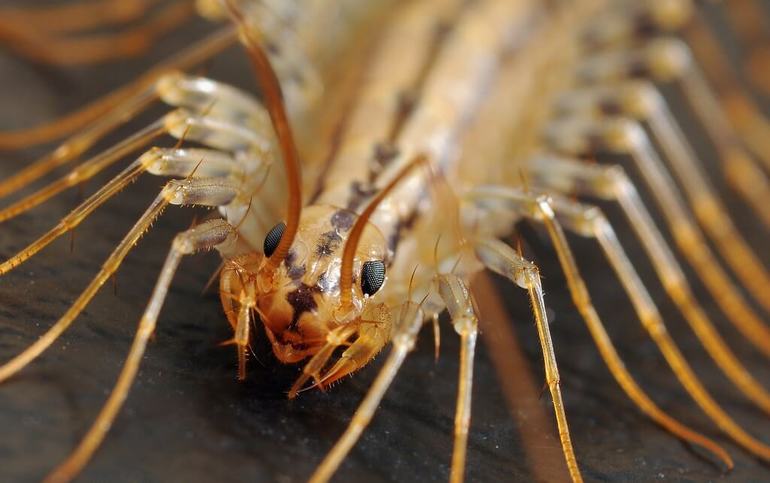
Flycatcher is a completely harmless and even useful insect for a home. So that it does not bother a person with an unpleasant appearance, it is enough to drive out the pests that they feed on from the apartment.
- How to choose a vacuum cleaner taking into account the characteristics of the house and coatings?
- What to look for when choosing a water delivery
- How to quickly create comfort at home - tips for housewives
- How to choose the perfect TV - useful tips
- What to look for when choosing blinds
- What should be running shoes?
- What useful things can you buy in a hardware store
- Iphone 11 pro max review
- Than iPhone is better than Android smartphones



